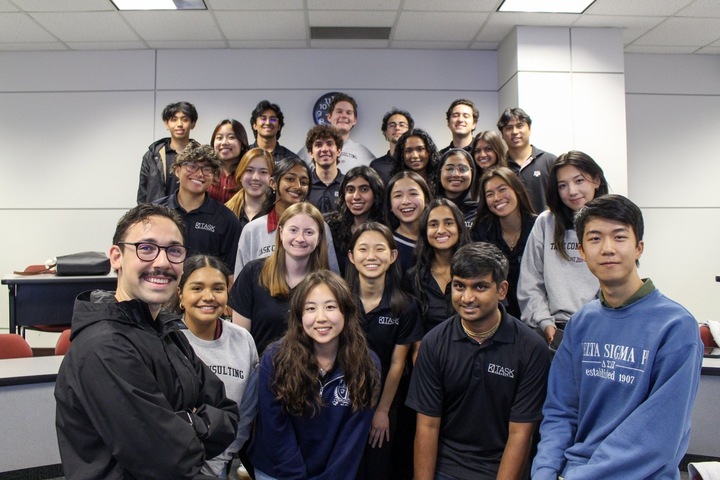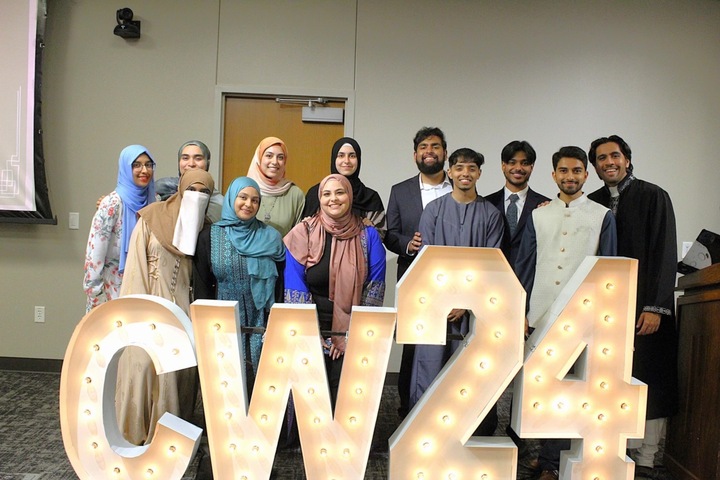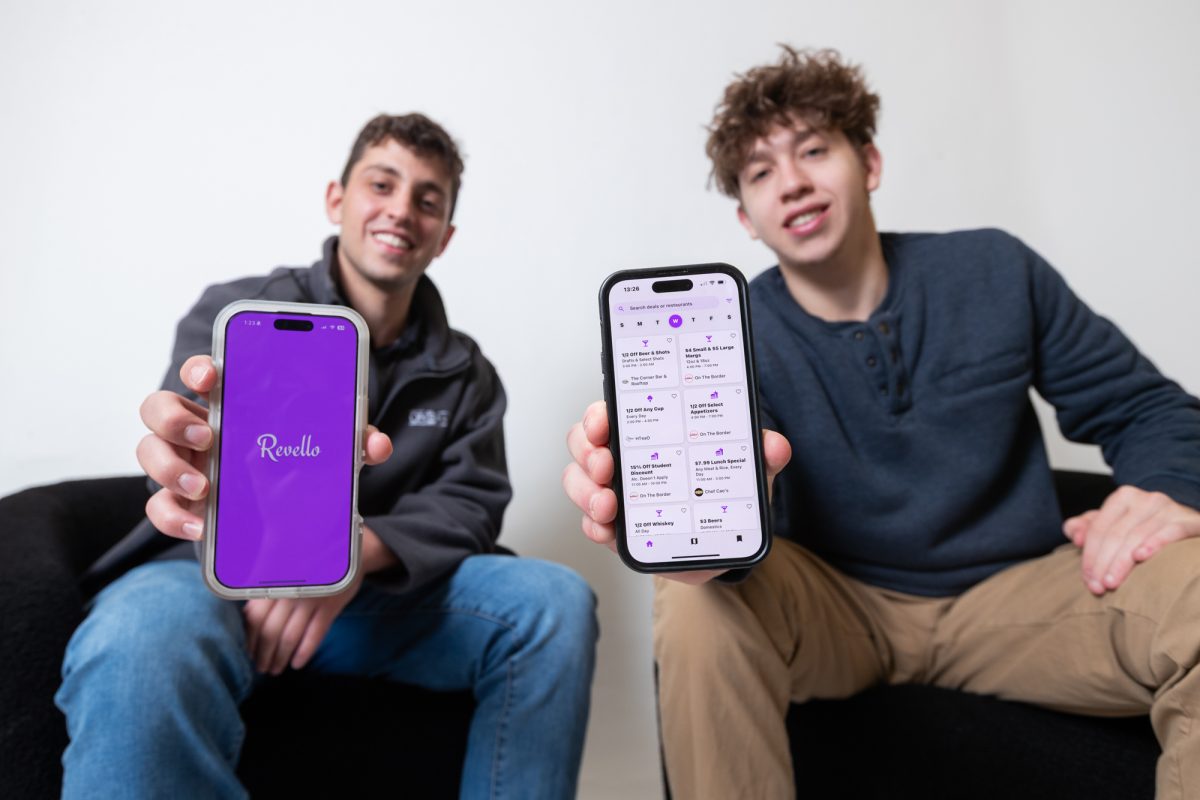While stars may be millions of miles away, the passions and studies the celestial bodies have inspired hit a lot closer to home.
Star parties, facilitated and supervised by individuals of the Mitchell Institute in the Department of Physics and Astronomy, allow students the opportunity to observe the night sky with advanced telescope equipment. These parties welcome all students, and are perhaps best known for the students and professors involved in coordinating them.
Daniel Nagasawa, a physics graduate student, is one such individual. While Nagasawa never took a physics class in high school, he now teaches astronomy classes at A&M.
Nagasawa said he grew up in Jersey City, NJ and wasn’t given very many opportunities to star gaze. He didn’t let that stop him from pursuing his passion.
“I visited the planetatarium [at the American Museum of Natural History] a lot,” Nagasawa said. “I bought my first telescope when I was nine and that was it.”
Despite a course load that didn’t offer classes that covered his favorite subject matter, Nagasawa was able to advance his knowledge of the universe in college.
“I went to a small private Christian school in New Jersey that didn’t offer physics,” Nagasawa said. “I got into Stanford and I wanted to study stars.”
After finishing at Stanford, Nagasawa began his graduate studies at Texas A&M.
“I heard that Texas A&M was starting their program and I needed to start on the ground floor,” Nagasawa said. “They recruited me out of Stanford.”
Nagasawa gives credit to George P. Mitchell for the advancement of the astronomy department, which he said has allowed events such as the star parties to take place, attracting more students to the department.
“Our program is very young,” Nagasawa said. “Mitchell gave us the grant to fund the [astronomy] program.”
Nagasawa said he has enjoyed the time that he has spent here, and is excited to see how the program evolves.
“The astronomy program was practically non-existent less than a decade ago,” Nagasawa said. “I’ve been here for eight months and I love the research.”
Nagasawa works in the astronomy lab along side senior aerospace engineering major Emily Boster. After encouragement from friends, Boster chose to register for a physics class.
“[They told me] the physics program here at A&M was good and [that I] should get involved in that,” Boster said.
During her first semester, Boster began working in the astronomy lab and became more involved in the department.
“Astronomers tell us [engineers] what they need and then the engineers basically make it from inception to design and then the astronomers use it,” Boster said
Boster’s passion and innovation in aerospace engineering led to her becoming one of the 2012 recipients of a scholarship given by the Astronaut Scholarship foundation. Twenty-eight students from all over the nation were awarded this honor.
“A different astronaut went to all the different schools,” Boster said. “We were lucky enough to get Captain Jim Lovell from Apollo 13.”
Boster recalled the day as being surreal.
“It was really amazing,” Boster said. “One of the coolest days of my life. It was really exciting.”
Both Nagasawa and Boster enjoy sharing their passions and encouraging other students to become more involved. They do this be attending and facilitating the bimonthly department “Star Parties”. These star gazing gatherings are open to anyone to show people that science is both accessible and interesting.
Junior physics major Caitlin Campbell said she enjoys introducing other students to something that she is passionate about.
“This gives people the opportunity at them [the stars] in a new way with fancy telescopes,” Campbell said. “It gives people an opportunity to look up and appreciate the sky because everyone takes it for granted.”
Star parties offer outlet for astronomical interests
April 17, 2013
0
Donate to The Battalion
$2065
$5000
Contributed
Our Goal
Your donation will support the student journalists of Texas A&M University - College Station. Your contribution will allow us to purchase equipment and cover our annual website hosting costs, in addition to paying freelance staffers for their work, travel costs for coverage and more!









